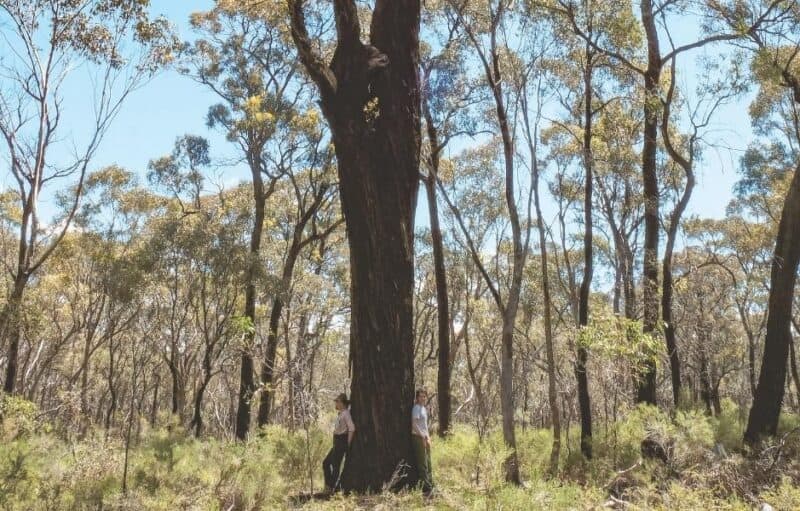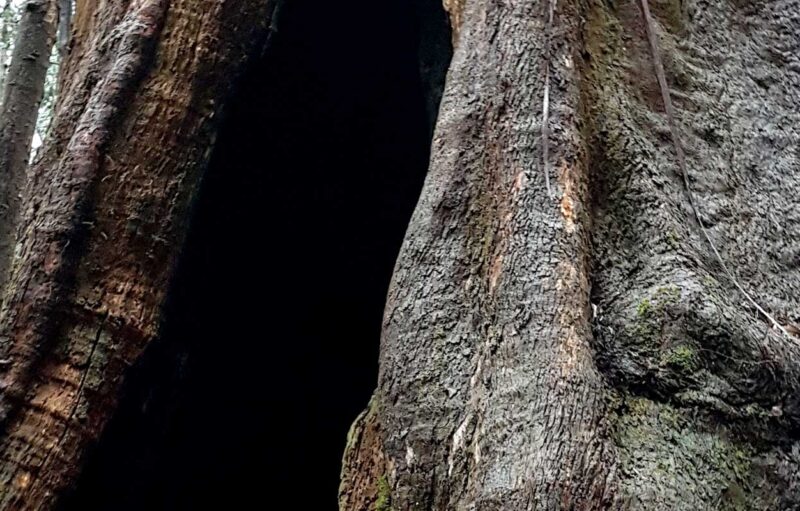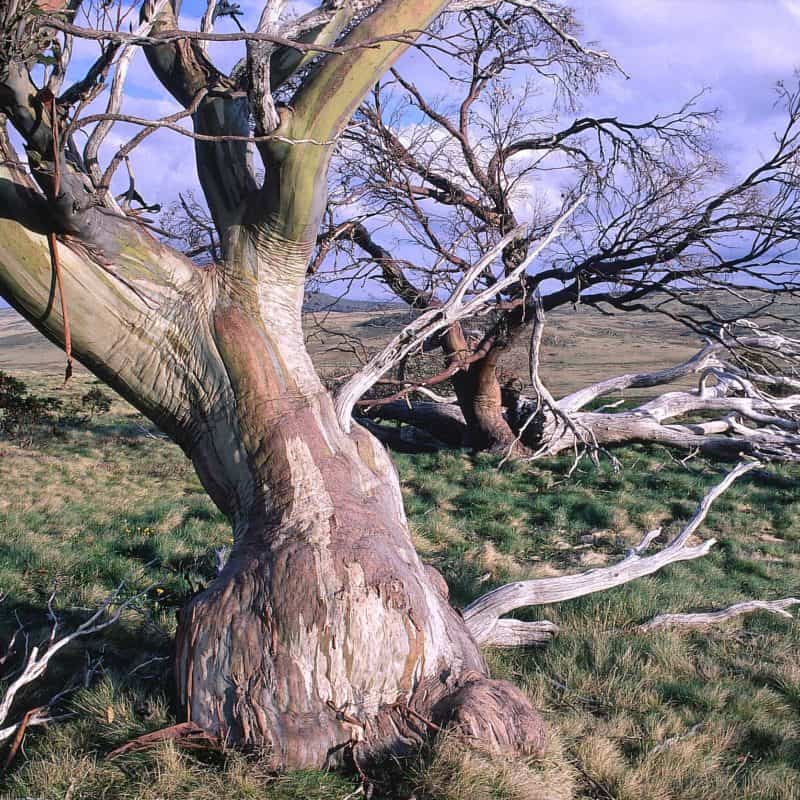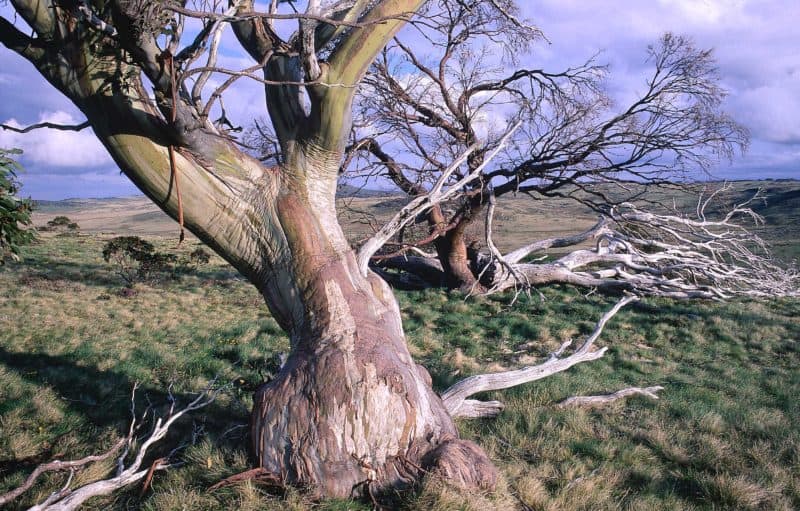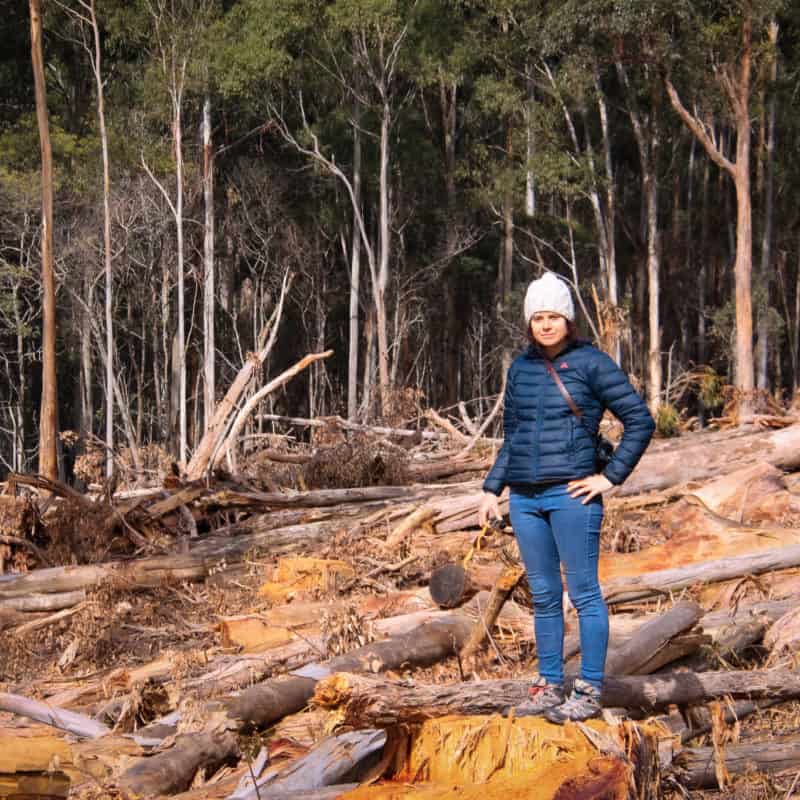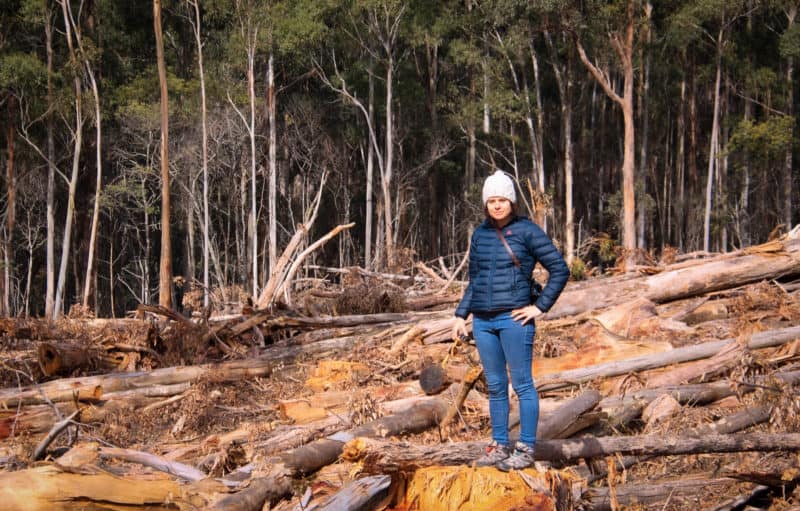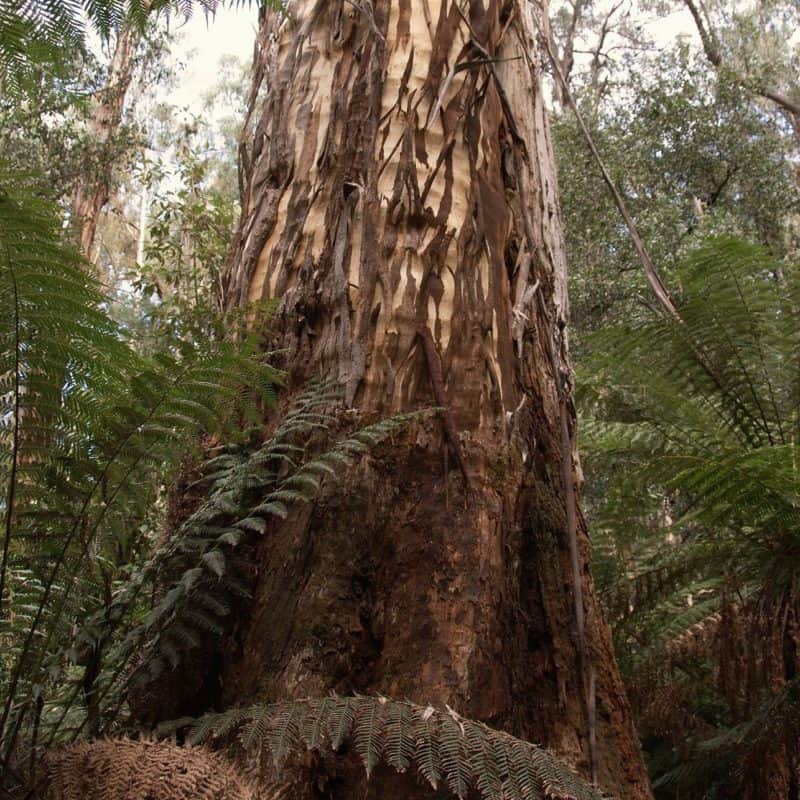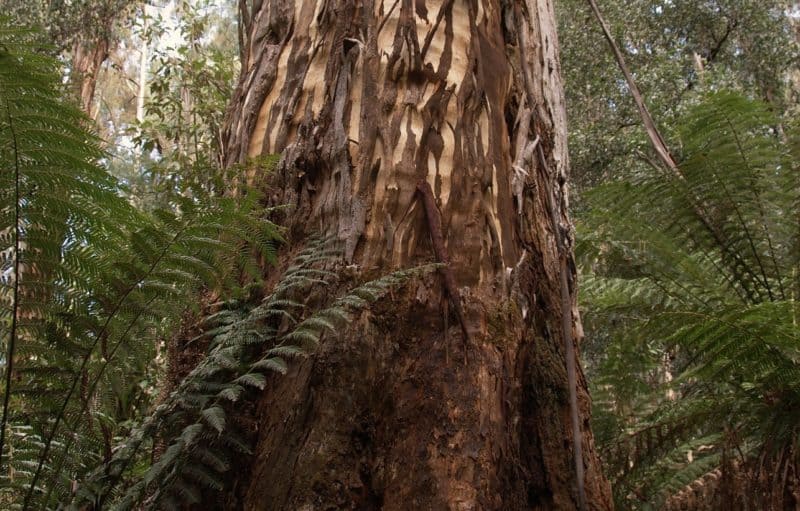Giving big old habitat trees a chance
How do we keep big, old, hollow-bearing trees in the forest and across the landscape?
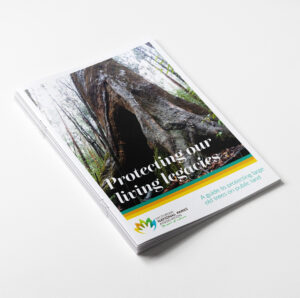
The Log of claims outlines 21 principles and recommendations to assist public land managers in protecting significant trees across Victoria’s public land estate. It incorporates relevant thresholds and procedures from Australian Standards, arboricultural and scientific literature into a practical policy guide.
Log of claims: recommendations for large old trees on public land
1. Legislate the ban on native forest logging across the whole state on public and private lands.
2. Protect all mapped and unmapped old growth forests across Victoria, as per the State Government’s November 2019 old growth forest announcement.
3. Alter the methodology currently used to assess old-growth to one that properly determines old-growth and protects the old-growth estate.
4. Change the definition of large and old trees to incorporate differences in growth rates across all Forest Management Areas (FMAs) and forest types: use DBH values >1.5 times the Department of Energy, Environment and Climate Action (DEECA) benchmark DBH for the EVC the tree is found in.
5. All large and old trees (DBH >2m) must be protected with a 100m radius protection zone that is not to be entered by machinery operators.
6. Significant trees and all hollow-bearing trees with DBH smaller than 2m should be protected by an adequate buffer in accordance with the Australian Standards' Tree Protection Zone (TPZ) as a minimum.
7. Areas with high numbers of significant trees should be excluded entirely from logging and firewood operations. This would be defined as areas with three or more such trees per hectare.
8. Include all native forest logging including those on private land in 2024 end of native forest logging commitment.
9. Significant trees should be mapped prior to fuel reduction works (including machinery use) and should be protected. This data should be added to a database to monitor them across the landscape.
10. Protection of significant trees (including dead trees) should be decided on science-based prescriptions. Fire and machinery use within the buffers should not be permitted.
11. Comprehensive habitat assessments must be conducted by independent experts prior to burning and clearing operations. This will require funding.
12. In bushfire and fuel reduction situations, undertake protection of significant trees by wrapping them in fire retardant materials, as is the practice in the USA, or use of sprinklers for areas of high significance as used to protect the Wollemi Pine population in New South Wales during the 2019-20 bushfires. This is already being done by DEECA in respect to culturally significant trees, and built infrastructure and must be expanded to large and old trees.
13. Exclusion zones around large and old trees in fire operations areas marked out by barriers or tape to exclude workers, thus reducing the risk without removing the tree. This can be based on measurement of tree height by estimation or electronic clinometer and height meter. Thus, if the tree does fail it will fall into the exclusion zone, where people should not access.
14. Risk-based removal of trees to be based on a quantified tree risk assessment method which applies established and accepted risk management principles to tree safety management, tree physiology, likely hazards and impacts.
15. Removal of significant trees should be reduced and machinery use within buffers must be avoided, except when necessary during times of wildfire.
16. Undertake an independent long-term monitoring project of the impact of fuel reduction works and bushfires on significant trees across all public land. This must run for a significant period of time, 10+ years.
17. Implementation of greater oversight and transparency of DEECA/Forest Fire Management Victoria (FFMV), planning and operations and their impact on threatened species, vegetation communities and critical habitat values such as large and old trees.
18. Give the Office of the Conservation Regulator (OCR) oversight of FFMV.
19. Development – including tracks, infrastructure and strategic firebreaks – should map and protect all significant trees.
20. Pruning of all trees on public land should be limited and, when necessary, comply with AS 4373-2007 Pruning of Amenity Trees, including for seed collection works.
21. Build a GIS spatial layer to map significant trees and areas of significant trees across public land. This should be a living document that has data added and can be used to monitor significant trees across the landscape to be maintained by land managers. Third party records should be included, subject to appropriate verification.
